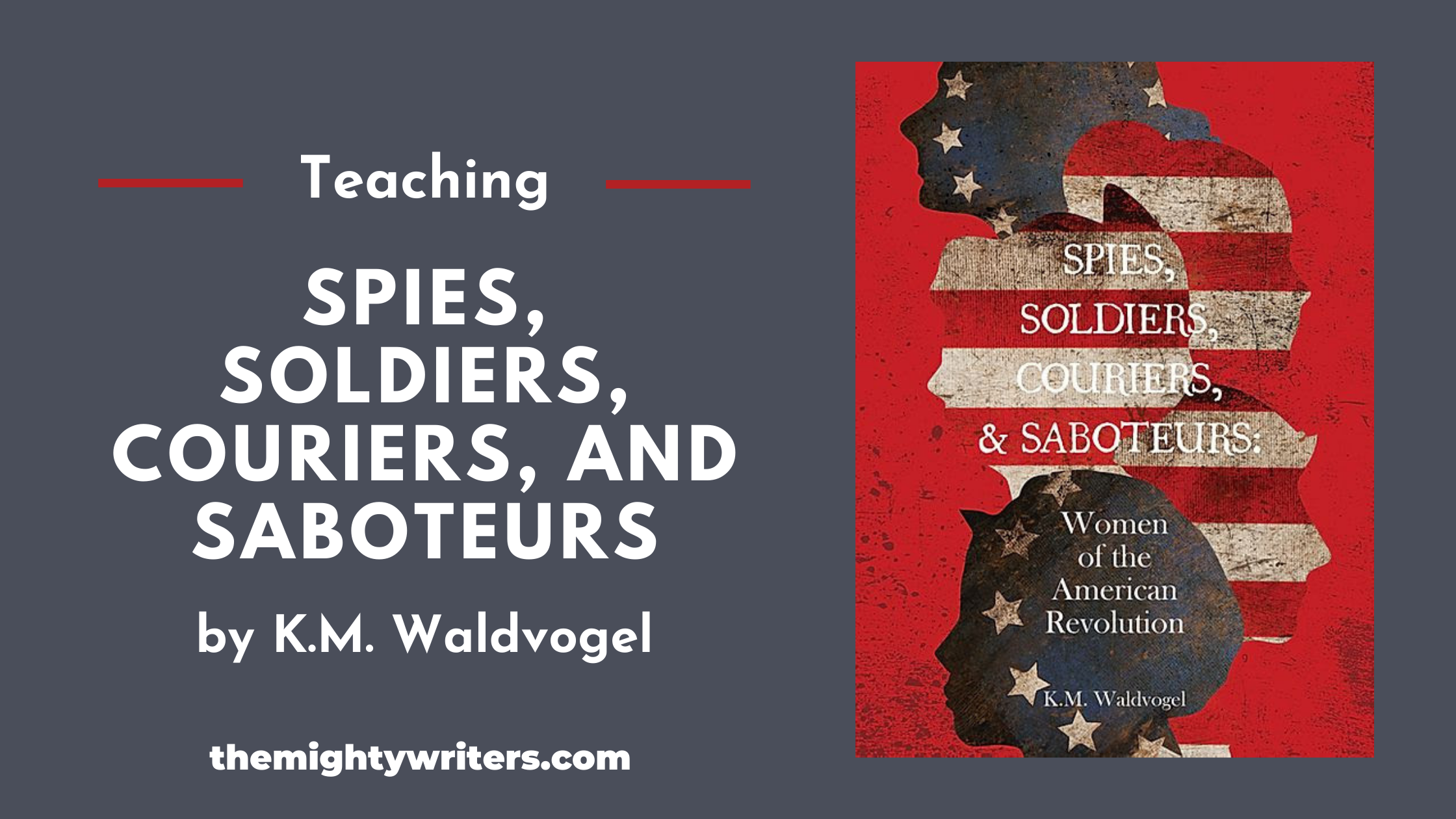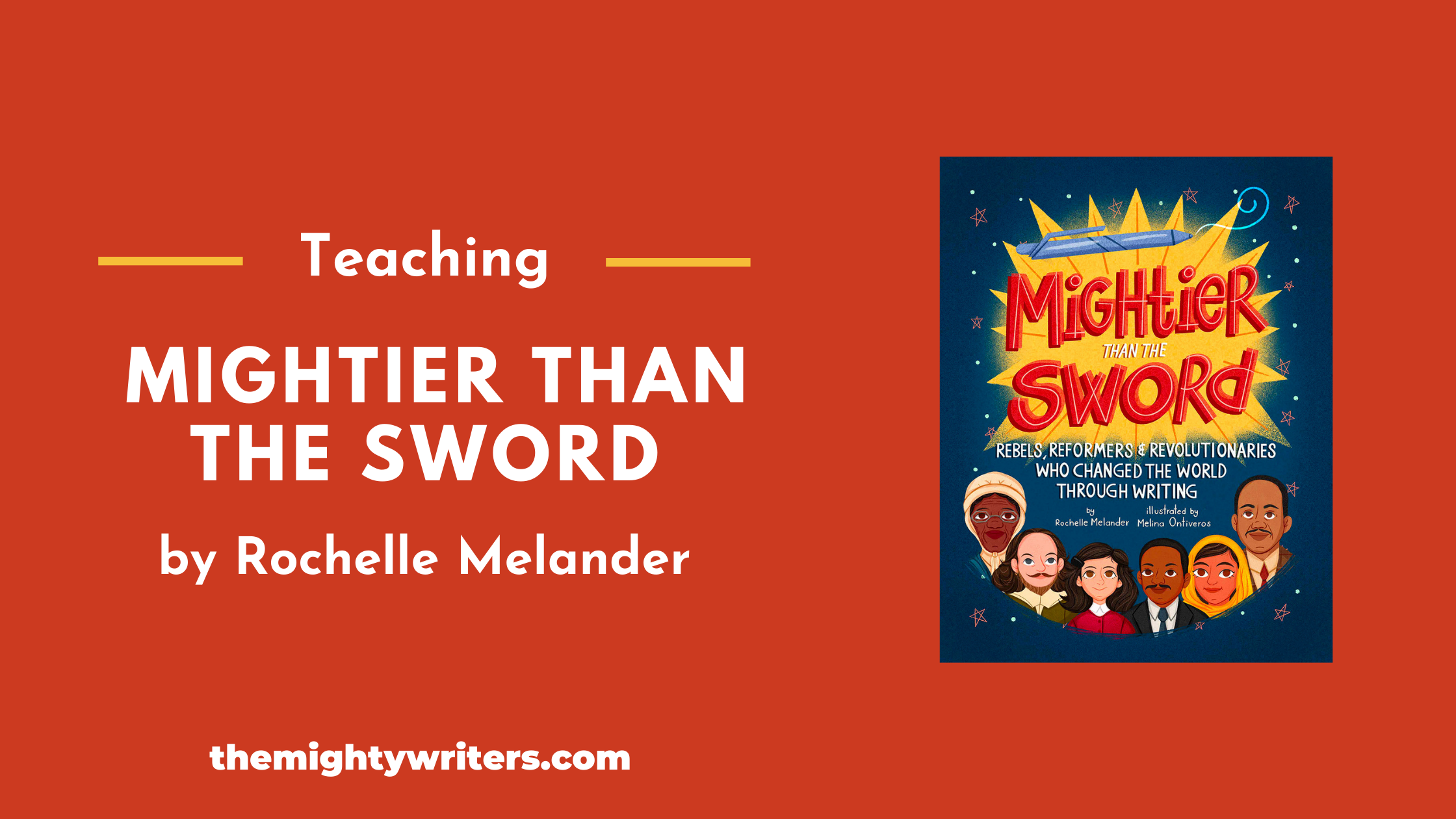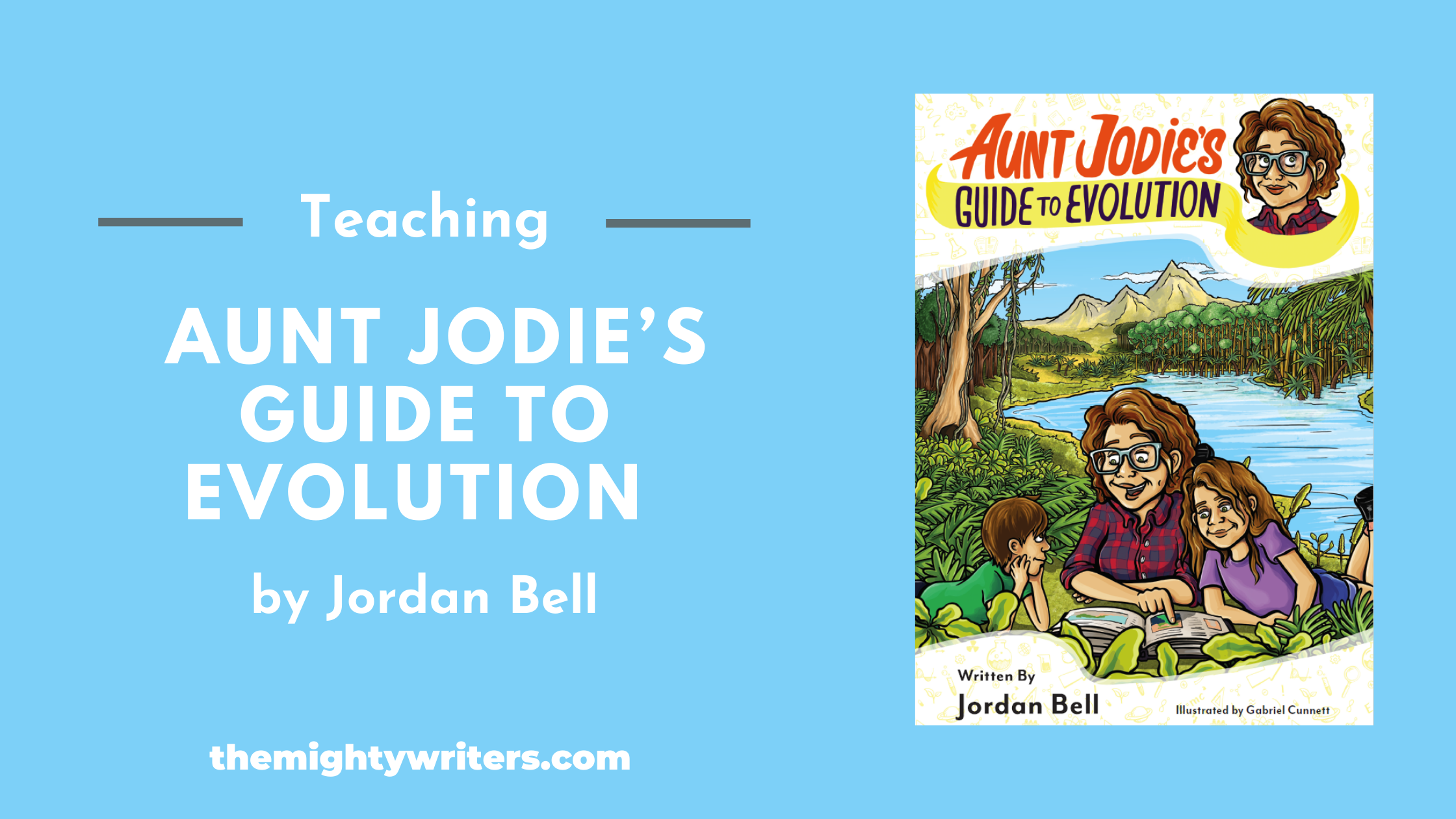A Note to Readers
As we approach Independence Day, it’s a good time to reflect on the people who helped establish this country. Given that the United States was formed at a time when women mostly worked as homemakers, teachers, nurses, and servants, it’s both surprising and delightful to find out that women also took on the roles of spies, soldiers, couriers, and saboteurs! Kathleen Waldvogel’s engaging book tells the stories you probably didn’t learn in school–but should have! Read on to learn more about the book and how you can use it in your classroom!
~Rochelle
Teaching Spies, Soldiers, Couriers, and Saboteurs: Women of the American Revolution
Tell us about your book.
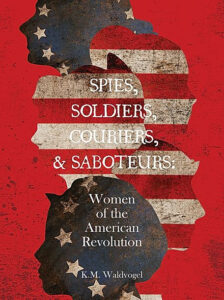 Spies, Soldiers, Couriers, and Saboteurs: Women of the American Revolution highlights little-known women who stepped out of the safety of their homes to help the Patriots defeat the British. Each chapter focuses on a different woman and her contributions during this time. As the title states, women took various roles to aid the Americans.
Spies, Soldiers, Couriers, and Saboteurs: Women of the American Revolution highlights little-known women who stepped out of the safety of their homes to help the Patriots defeat the British. Each chapter focuses on a different woman and her contributions during this time. As the title states, women took various roles to aid the Americans.
The book is narrative nonfiction and is geared toward readers in grades 4-8.
What do you hope young readers will take away from your book?
My hope is that young readers will recognize that history is about people and their stories rather than just dates and battles. As they read about these women, readers should realize what motivated each woman to take action and the risks involved.
How might a teacher or librarian use your book in the classroom?
Spies, Soldiers, Couriers, and Saboteurs: Women of the American Revolution fits well with social studies curriculum. There is an introduction that explains some of the causes of the war. Each chapter is a stand-alone story so teachers can select those that best fit with what they are teaching. At the back of the book is a glossary of terms to help with vocabulary.
In addition, some teachers use the book during March which is Women’s History Month to highlight women’s contributions. Other teachers have told me they use it to teach research and the use of primary sources.
Can you share an exercise or activity that teachers can do with students after they’ve read your book?
Students might compare Sybil Ludington’s ride to Paul Revere’s ride as both alerted countrymen to the arrival/location of the British. Compare the distance traveled, dangers faced, etc.
All of the women featured in the book took immense risks. Learning activities might include writing possible diary entries describing possible dangers, family concerns, motivations, etc.
Several chapters lend themselves to students reenacting scenes described. Students might write short plays based on these events.
What books pair well with your book?
Mightier Than The Sword: Rebels, Reformers, and Revolutionaries Who Changed the World Through Writing by Rochelle Melander
Spies at Mount Vernon (The Virginia Mysteries Book #7) by Steven K. Smith
Colonial Voices: Hear Them Speak: The Outbreak of the Boston Tea Party Told from Multiple Point of View by Kay Winters
Guts and Glory: The American Revolution by Ben Thompson
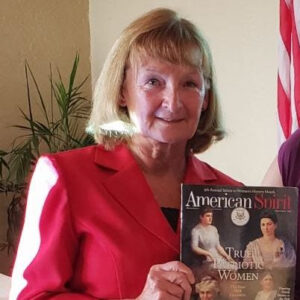 About the author. K.M. Waldvogel is a former teacher who enjoys writing for children. She is the author of the middle-grade narrative nonfiction book, Spies, Soldiers, Couriers, and Saboteurs: Women of the American Revolution, as well as the Halloween picture book Three Little Ghosts. Waldvogel is a member of SCBWI, Wisconsin Writers Association, and several local writing groups.
About the author. K.M. Waldvogel is a former teacher who enjoys writing for children. She is the author of the middle-grade narrative nonfiction book, Spies, Soldiers, Couriers, and Saboteurs: Women of the American Revolution, as well as the Halloween picture book Three Little Ghosts. Waldvogel is a member of SCBWI, Wisconsin Writers Association, and several local writing groups.
She and her husband live in northwest Wisconsin but spend many months in sunny Arizona as well. In her free time, Waldvogel enjoys cooking, spending time with family and friends, and reading, reading, reading!

